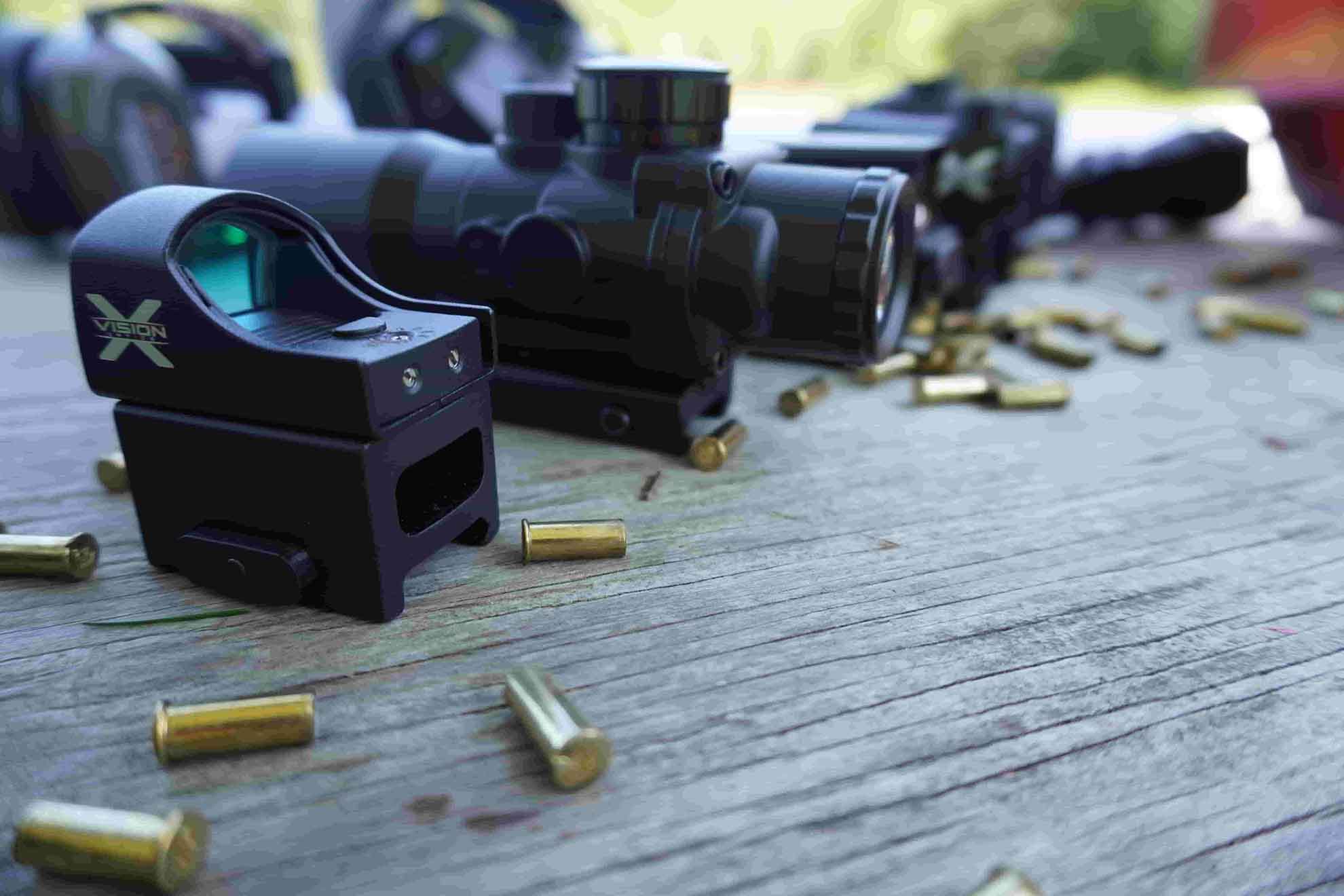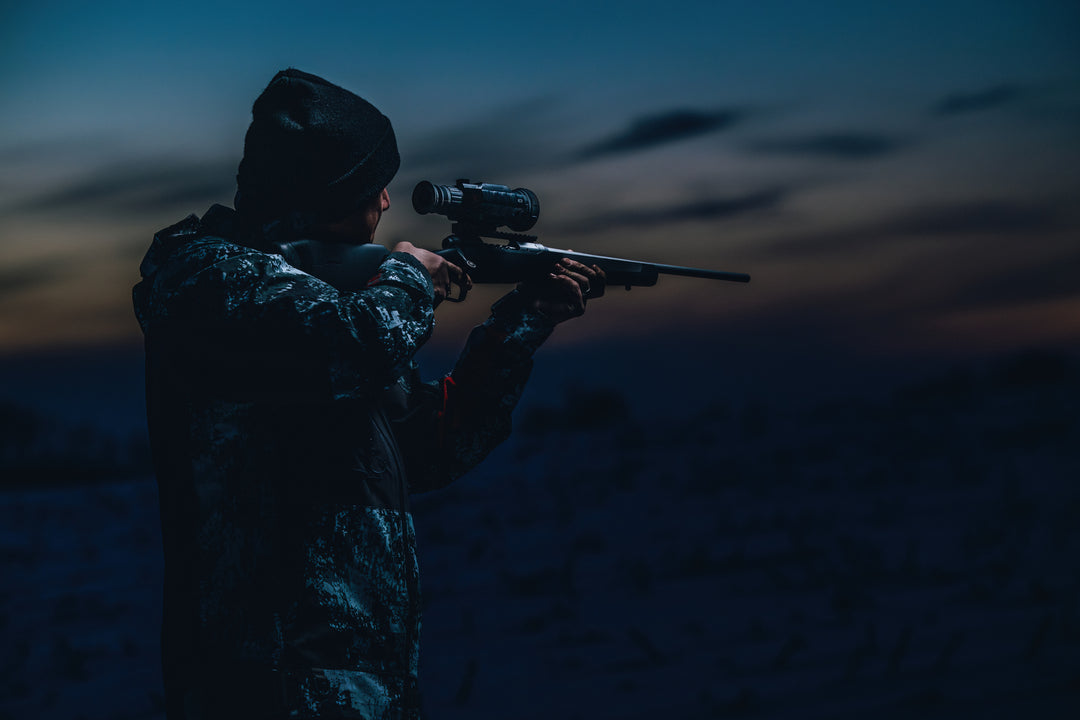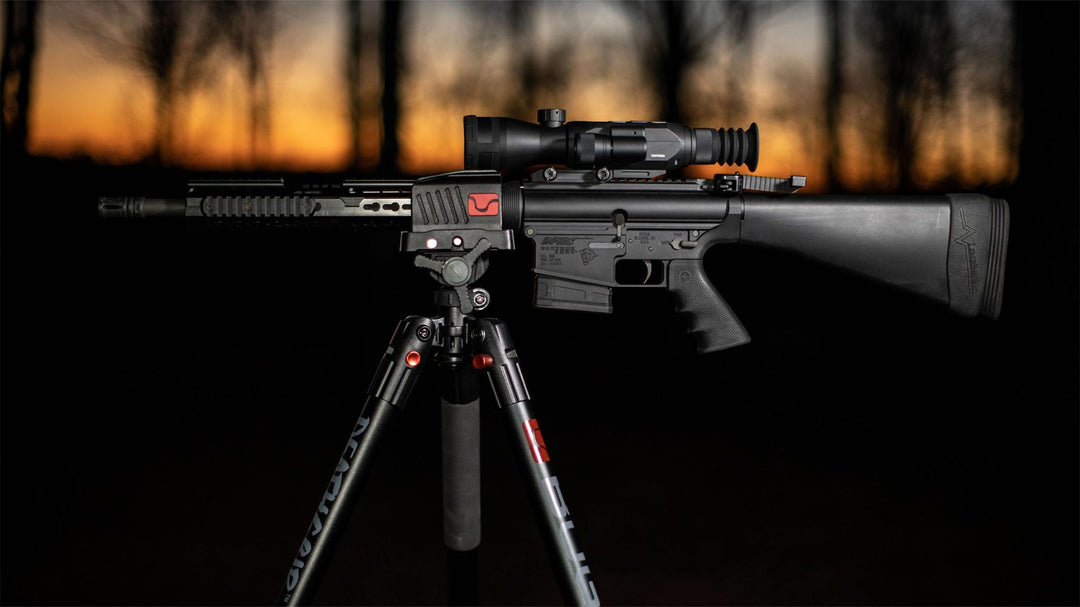Red dots are extremely popular, and it’s easy to see why. Red dot sights are small, light, inexpensive, and can make shooting and target acquisition easier on any firearm. X-Vision sells a couple sizes and styles of red dot sights. In this blog we’ll go into the difference between the two main styles of red dot sights.
A small red LED projects a beam of light onto a semi-transparent mirror, which is then reflected onto the front lens of an optic. This partial brightness allows the sight picture and the red dot to coexist. Because the beam always comes from the same direction, the point always appears in the correct location regardless of the eye’s location relative to the sight. Here is a great graphic explanation of the technical details.
A tube style sight is exactly like it sounds. The red dot is projected within a tube shaped optic. Tube shapes provide a round sight picture. Closed sights have a sealed lens and are generally more durable than open style sights, but are also bulkier. You can also add filters such as dust covers, filters for haze or with polarization. standardized tube format al
Generally, most shooters prefer tube style sights for distances longer than 50 yards and longer on arms like rifles. Tube style sights have tighter minutes of angle and the more enclosed sight picture helps focus on faraway targets.



 How do Red Dot Sights Work?
How do Red Dot Sights Work? Tube Style Sights
Tube Style Sights




